Africa’s imaginative narrations have been part of our lives for many generations, going back to ancient folktales, documented and sadly, some just pass on through trust in the elders’ word.
The current generation is living up to the world’s way of documenting stories, using animation as the best way to retrace and skip through into the future of vast potential. Animation is one genre that is not confined to an age grouping and one of the best means to transfer an idea.
My Afrika Magazine (MM) caught up with the braves ones from Uganda, showcasing Africa’s potential in ‘Owning our stories’ drive, from Creatures Animation, the foundering member, Robin Malinga (RM). Below is our interview.
MM: The story behind Creatures Animation, what motivated its formation?
RM: Creatures Animation was founded in 2015 by Raymond Malinga and myself (Robin Malinga) with a dream to tell our own African stories and have them viewed world over. Our studio is based on the “audacity to dream”. We are daring to take on the world with our stories. We see no reason why a studio from Uganda can’t compete globally.
MM: What are some of the challenges you faced getting started? (Family, Country support)
RM: We found it hard to find skilled animators in Uganda because at the time there was barely any education for animation. We however managed to gather up a team of seven enthusiastic individuals with great potential and together we put out our first animated short – “A Kalabanda ate my Homework.”
Another challenge was getting equipment. Animation requires powerful computers and getting these in Uganda is extremely difficult. We resorted to importing computers but by the time a computer reached us, we had paid twice its original cost. This was particularly difficult to deal with since we’re competing with international studios that get two computers for the price that we buy one.
MM: Can you give us a glimpse into your first animated series, Kunda & Friends. What inspired its creation?
RM: Kunda & Friends is a collaboration between Creatures Animation and Kunda Kids. We were approached by Kunda Kids to produce this show and we accepted because of their vision. We would usually turn down such an offer but we loved the fact that they were willing for it to be a collaboration and it was very African centric.
It’s important that the next generations of black kids grow up with content that represents them – something we never got to experience while growing up. We have the opportunity to change that and the whole team is in this spirit.
MM: From your portfolios, the animation quality is too class. What unique production processes do you utilise?
RM: It’s important to have a team. Many people in our country and around Africa are “one-man studios”. We built a team of people with different skill sets. This way we were able to departmentalize and reduce the load on each individual. An animator animates, a concept artist designs. Since we’re still a small studio, we still wear multiple hats, but the system is in place. Everyone that joins our team goes through a training process of how we work. This started a while back with Raymond training the earliest team members with the knowledge he’d acquired from studying animation at Multimedia University and working for Wau Animation in Malaysia. These members train the new members and so on.
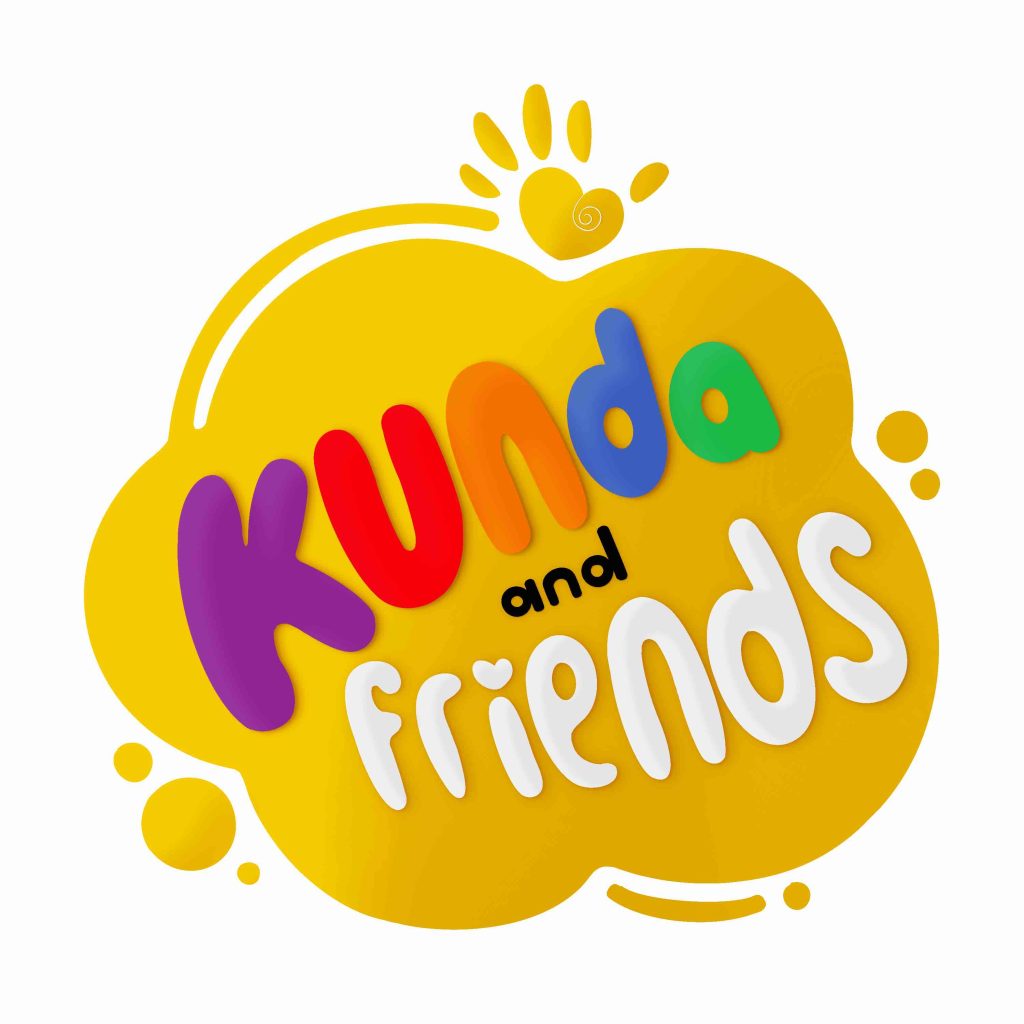
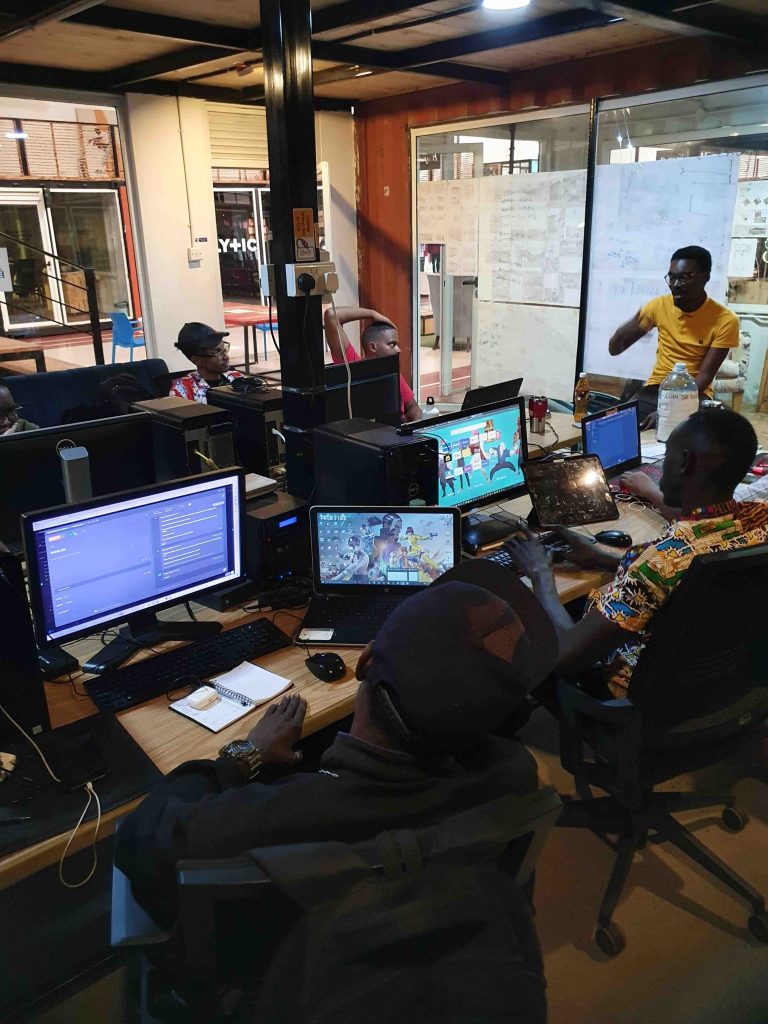
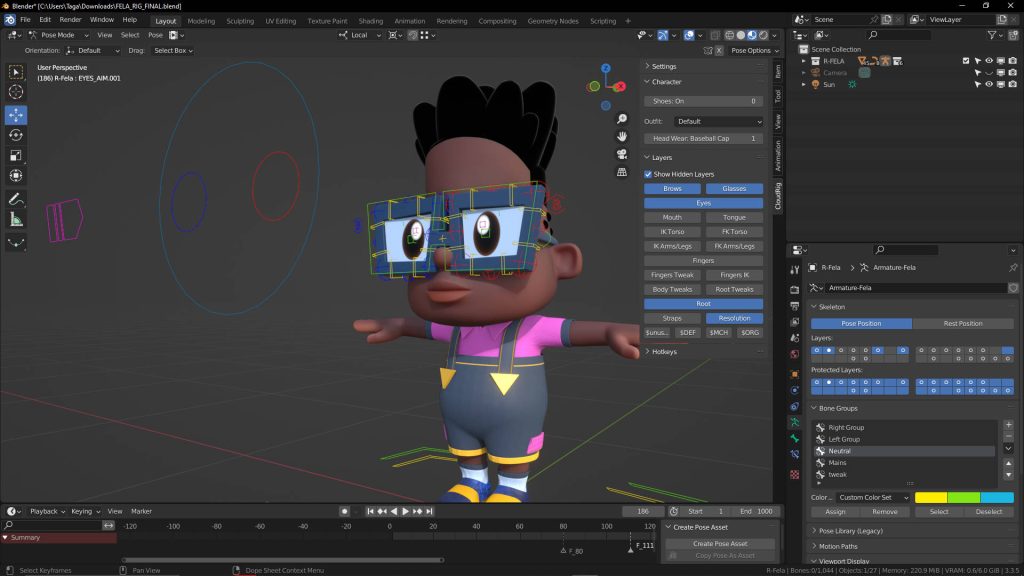
MM: What is your view with the current animation sector in Africa, are we anywhere near the global standards? What do we need to improve?
RM: Animation in Africa is still in its infancy but it’s growing at a rapid rate. The issue is that so many talented animators are on islands of their own. Executing larger projects like series or feature films with good quality would take ridiculous amounts of time for an individual. If more talented individuals could band together, form studios, and implement systems/pipelines, animation will get better. It’s not easy to do this but if we pull it off, it’ll do so much for the industry in the long run.
MM: Your views on owning our narratives?
RM: 100%! We need to own our narratives. Noone can tell a story about you better than yourself. For years we have lost our identity simply because of the media that we consume. Many Africans have ended up disliking their own home because of the narrative driven by media from foreign countries about Africa. If we are able to show the next generations the beauty and incredible energy that we have, it’ll go a long way to changing the mindset of the people. Slowly but surely, we’re moving in that direction as Africans. You can see it in the music industry. African music is taking over. I believe African stories will take over as well.
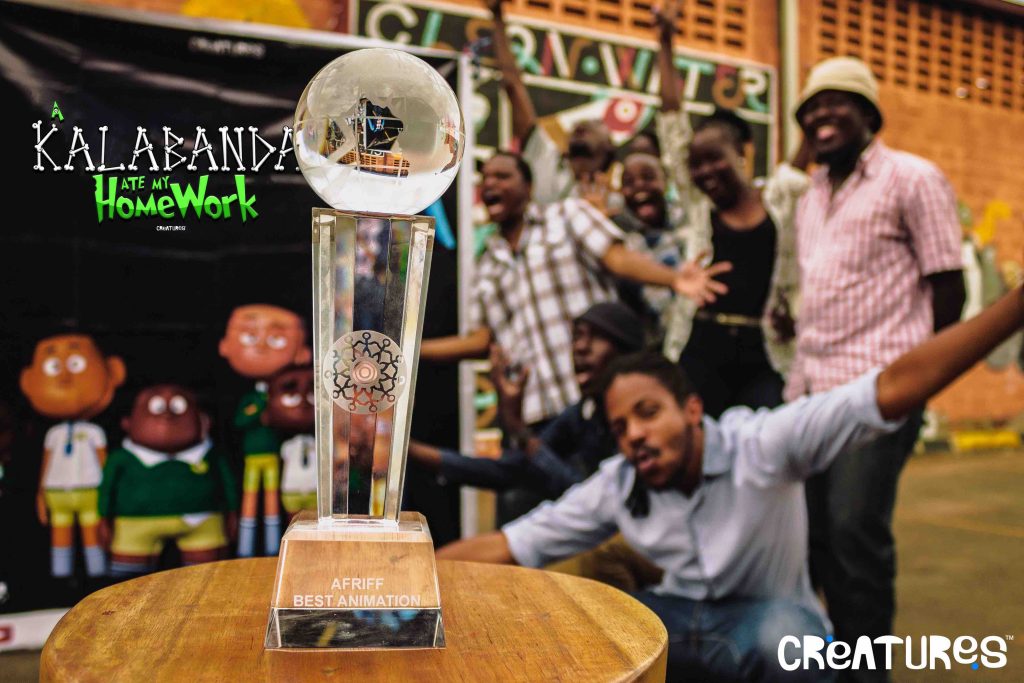
MM: Any other projects in the pipeline?
RM: We have other projects in the pipeline but I can’t speak about them at this time. I’ll just say, keep watching us and our socials. We’ll announce our projects.
But coming soon to Disney+ is “Kizazi Moto: Generation Fire” – an anthology featuring ten different short stories from ten African directors. Raymond directed the film from Uganda and many members of our team worked on it.
MM: How can people access the series and other productions you have done?
“Kunda & Friends” and “A Kalabanda ate my Homework” are on Youtube.
https://www.youtube.com/@kundaandfriends
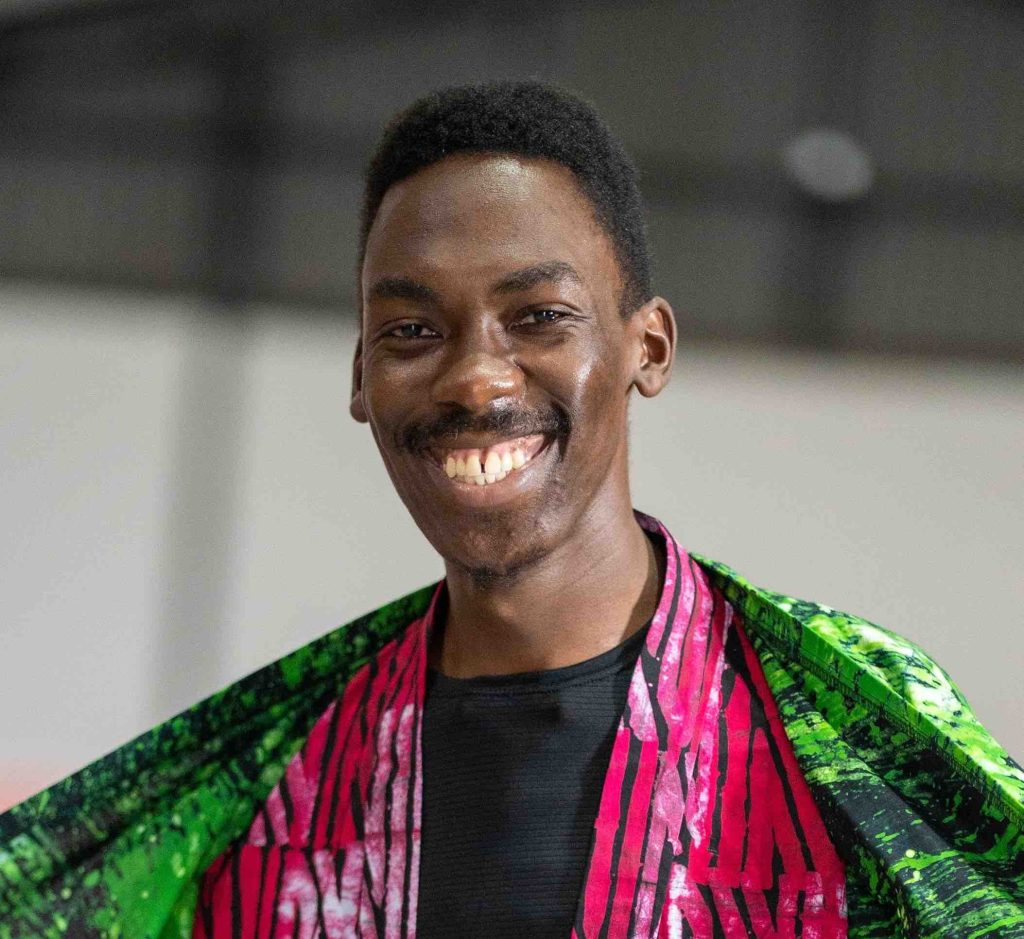
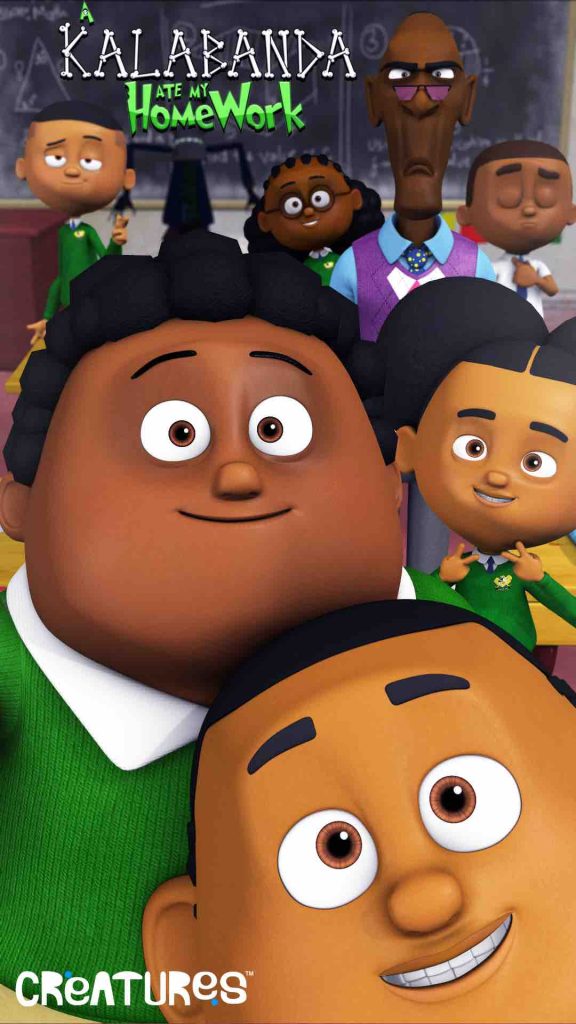
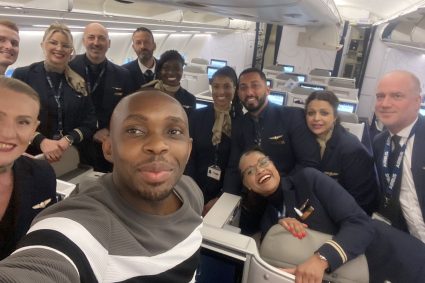

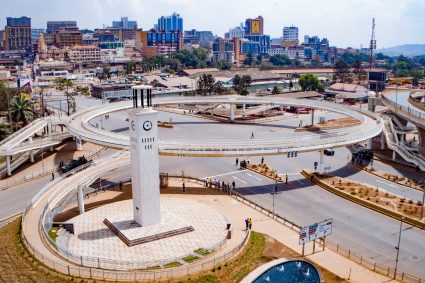
One thought on “Creatures Animation (Uganda), driving Africa’s futuristic narratives…”